Food scarcity due to population growth has been feared for centuries – with some chilling solutions put forward involving far fewer humans.
A major new exhibition – Future of Food – at the Science Museum, London (free, until 4 January 2026), takes a much more positive approach to the problem.
Visitors are taken through example after example of how technology can be used to feed a booming global population while still protecting the planet – from DNA-altered flu-resistant chickens, to cell-grown meat, to a palm oil alternative made from fermented yeast.
The exhibition – sponsored by Tate & Lyle and Benugo, among others – isn’t all cheery. Real-time trackers display the number of hectares lost to deforestation, and the tonnes of pesticides being pumped into the environment. But nor is it nihilistic, covering how ecology and biotechnology can put us on a better path.
Visitors get to learn some fascinating stories behind everyday foods – from potatoes and corn to margarine and McNuggets – while interactive farming simulations, the receipt from the first cell-grown meat meal, a 3,500-year-old fermented sourdough bread, the first Quorn burger and 100 other objects marking major food milestones keep the experience highly engaging.
The UN predicts the global population will reach 10 billion in the mid-2080s. The world will have to figure out – and quickly – how to feed more people without further harming the planet. The exhibition effectively shows both the crucial work already underway, and where it may go from here.

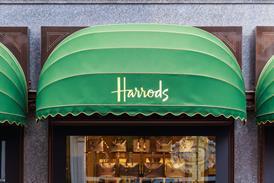
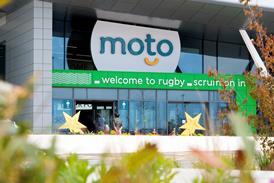

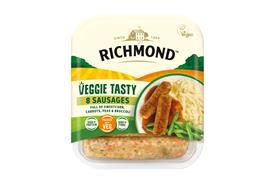


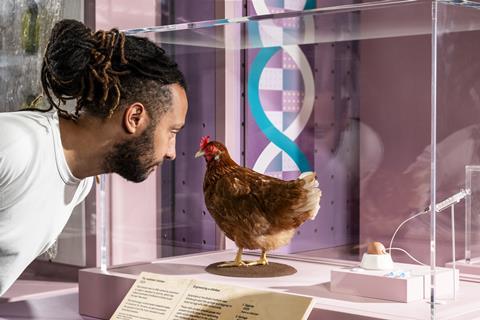

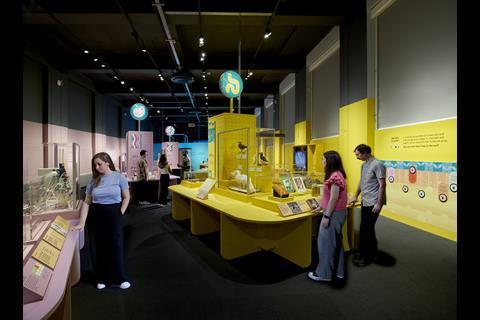

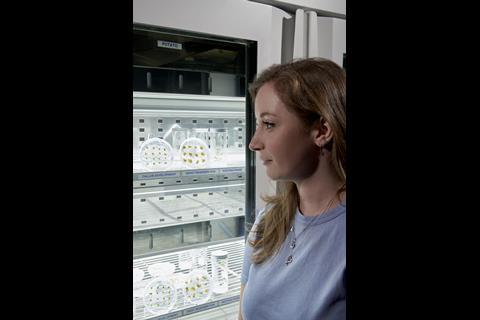
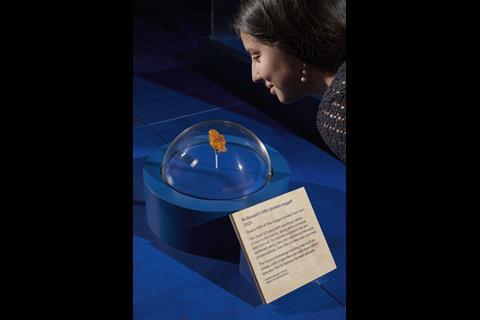
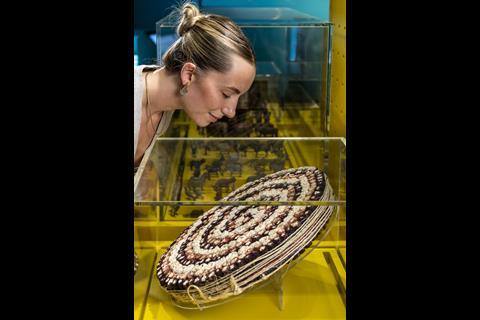
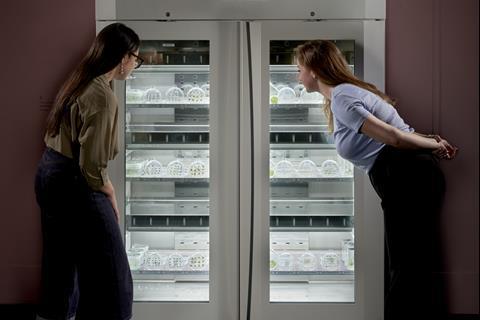
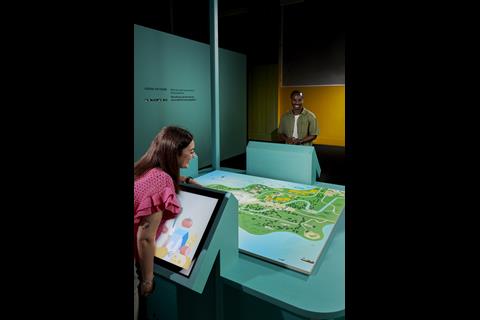

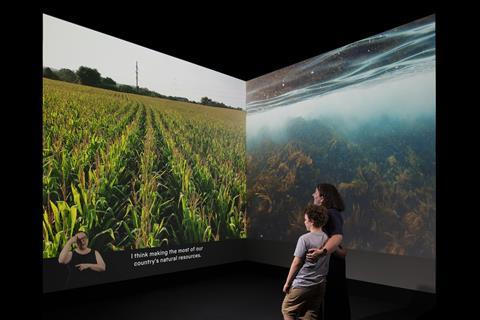
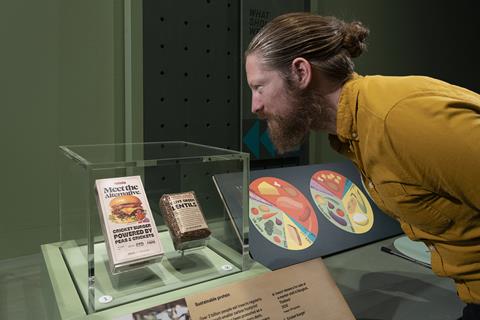
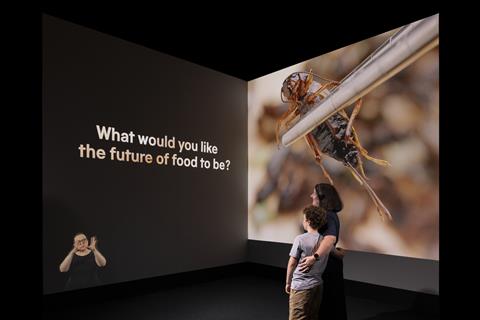
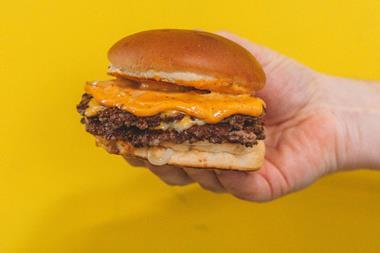


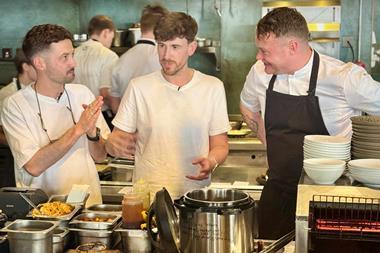

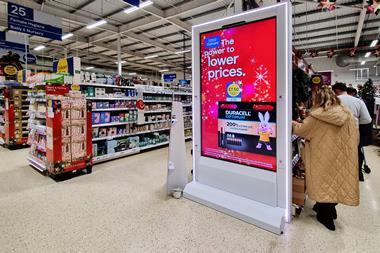
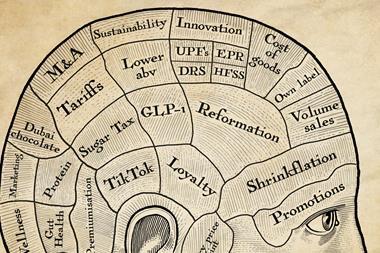




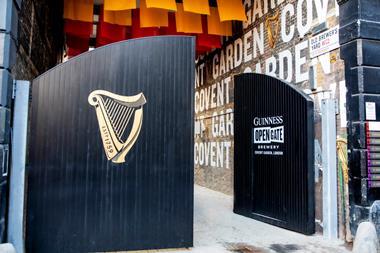
No comments yet